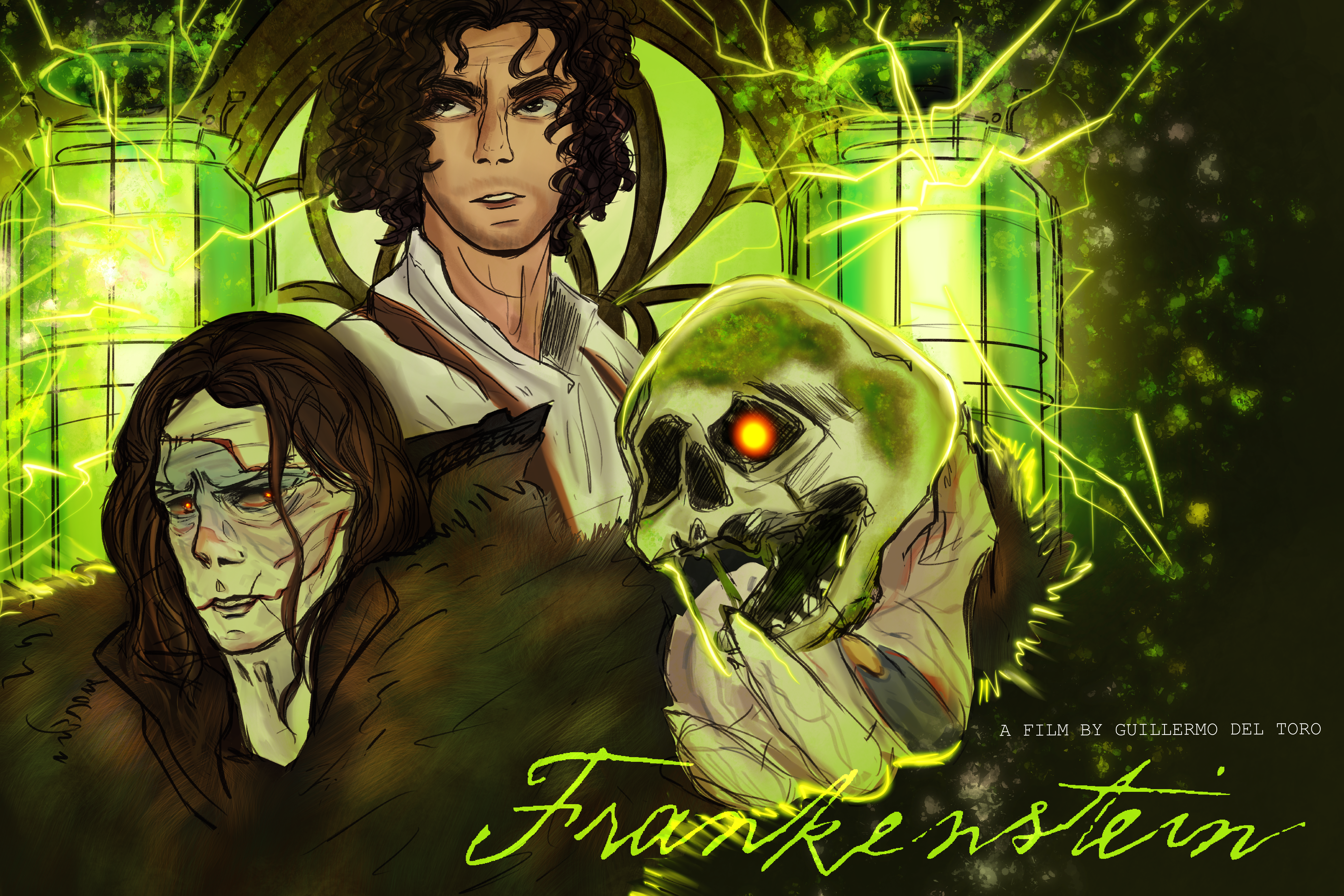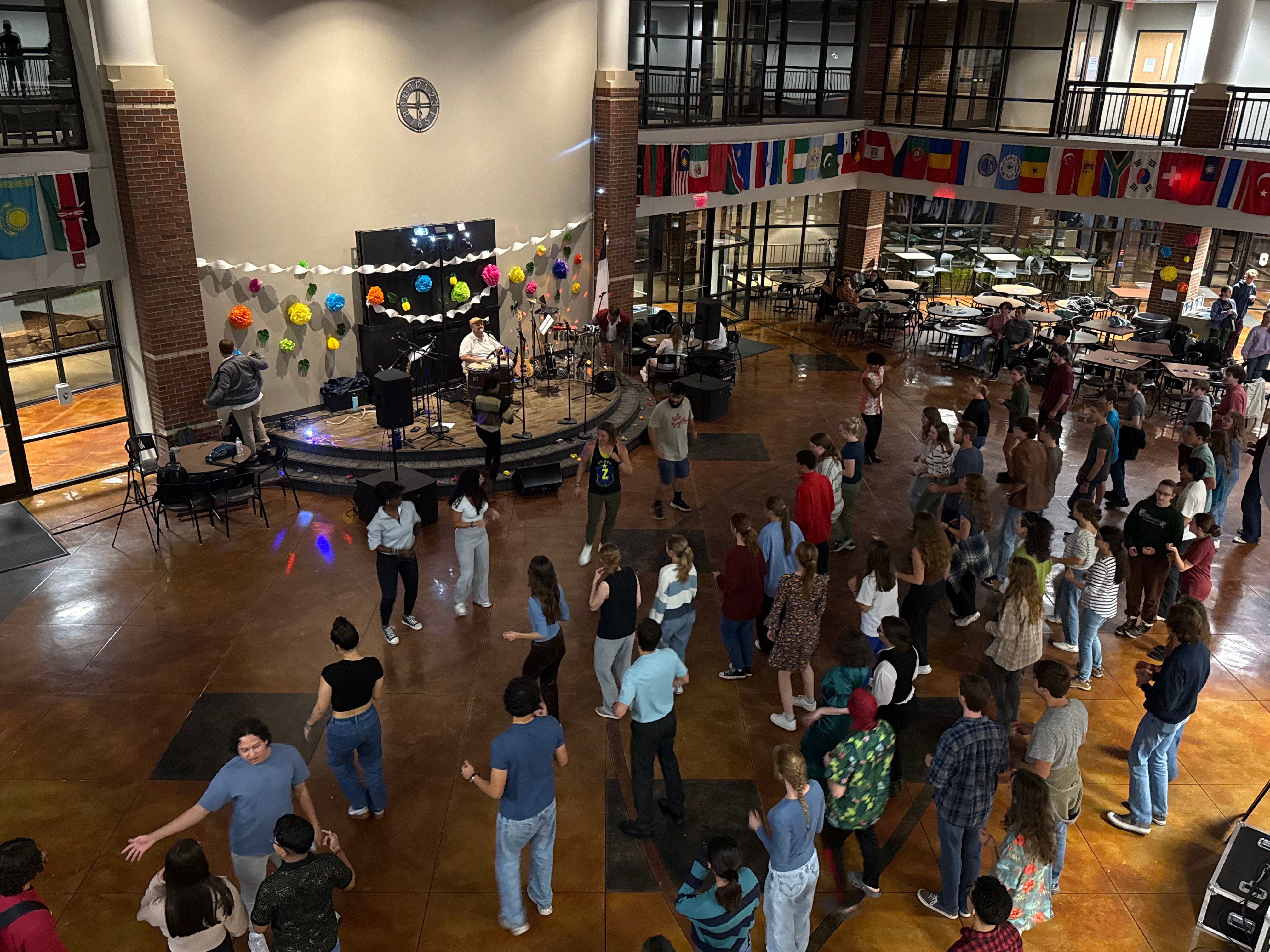![]()
Last Thursday, the Center for Faith and Flourishing hosted a lecture by Dr. Tony Jelsma on gender dysphoria and the Christian perspective. Dr. Jelsma is a professor of biology at Dort University in Iowa, with a distinguished background in microbiology, cancer, and neuroscience research. The event turnout was fantastic, with standing room only in Bynum theatre. The big turnout implies that the student body is actively interested in gender dysphoria.
I was impressed by the succinct comprehensibility of Dr. Jelsma’s lecture. He made excellent use of his limited time to introduce the issue of gender dysphoria (GD) to a lay audience of interested students and faculty. He spent his first few minutes outlining the context and definitions of GD to ensure that everyone was on the same page. For those who could not attend the event, the following paragraph is a brief synopsis of the research and definitions Dr. Jelsma used to frame his lecture.
He began by acknowledging gender dysphoria as a significant point of contention within political and religious contexts. The issue is highly polarized, with little to no middle ground for productive dialogue. He expressed his dismay at the current state of the GD discussion, contextualizing his own lecture as a positive step toward finding a middle ground. Next, he acknowledged the limited scope of existing research. The scientific literature on gender dysphoria is limited due to the recency of the phenomenon. GD has always existed as a biological phenomenon, but the current rate at which it is occurring is unprecedented. Conclusive longitudinal studies of gender dysphoric individuals have yet to be conducted on a widely applicable scale, meaning that current literature should be taken with a grain of salt. Lastly, Dr. Jelsma defined gender dysphoria as the “stress associated with the incongruence between one’s biological sex and one’s perceived gender.” This definitional emphasis on stress as a driving factor in GD remained a significant point throughout the lecture.
With everyone on the same page, he presented two models of gender dysphoria: early-onset GD and late-onset GD. According to Dr. Jelsma, early-onset GD is rooted in developmental biology, while late-onset GD is derived from a combination of biological and social factors. Specifically, early-onset GD presents at low frequencies, is usually caused by hormonal imbalances at birth and often deists during puberty. Late-onset GD begins in adolescence, is correlated with rates of depression and anxiety and seems to correlate with various social factors. Following the lecture, I found that many students (especially psychology students) took issue with Dr. Jelsma’s characterization of late-onset gender dysphoria. Those that I spoke to were frustrated by his over-emphasis on social factors, as though transgenderism were a “social contagion.” Students were skeptical of the source material he used and were hesitant to buy into the assertion that late-onset gender dysphoria is more social than biological. They were also bothered by the omission of intersexual individuals as a legitimate source of information on GD and the transgender community.
As for the integration of the Christian perspective, students seemed to think that his arguments were sufficiently descriptive but insufficiently prescriptive. Dr. Jelsma delineated the Christian perspective on GD into three categories: the integrity view, the disability/disorder view, and the diversity view. The integrity view holds to scriptural inerrancy, maintaining that humans were created as male and female in binary categories. Any deviation from the binary model is considered sinful or immoral, and the goal of treatment is to make gender conform to sex. The disability/disorder view holds to the gender binary of the integrity view while acknowledging that humans are fallen. The goal of treatment under the disability/disorder view is to relieve the stress of sex-gender incongruity by minimizing sin as a contributing factor—unlike the integrity view, which bears down on gender dysphoria as a distinctly immoral way of existing. Finally, the diversity view seeks to affirm gender dysphoric individuals as image bearers of God. Under this model, the male-female binary is descriptive, not prescriptive, meaning that gender identity may have a place in the diversity of creation.
Dr. Jelsma remained admirably impartial as he discussed the Christian perspectives of gender dysphoria. He didn’t make any arguments for or against a particular view—he was chiefly interested in educating his audience on the diversity of opinions, leaving plenty of room for them to draw their own conclusions. Some of the students I spoke with took issue with his lack of “conviction,” but I see that as a mischaracterization. The lack of argument seemed intentional; with no clear position to uphold or resist, the audience was left to form their own thoughts based on the information they received. If Dr. Jelsma had taken a stance on the issue, the conversation would have been limited to an agree/disagree binary. It would be a disservice to the dialogue.
Most of the criticisms I heard from students regarded the scope of the lecture, not the content. Dr. Jelsma is a biologist, and although his knowledge of gender dysphoria is vast, it is not comprehensive—he is limited to a biologist’s perspective. I realize this is an unfair criticism; I am certain that Dr. Jelsma knows far more than he was able to discuss—one man can only cover so much material in a single lecture—but it would have been helpful to host more than one expert on the issue. I’m not saying that this event was bad, quite the contrary, but I would like to advocate a follow-up event to pacify the criticisms and curiosity of the students who attended. Dr. Jelsma covered only a small fraction of this monolithic issue; there is another side to gender dysphoria that should be addressed alongside biological considerations. I’m talking, of course, about policy implications. Regardless of what biology says, people’s civil liberties are at stake here.
Should religious schools turn transgender students away? Should transgender individuals be allowed to adopt children? At what age can individuals declare their gender identity? How young is too young for surgery? All of these issues have biological considerations, but biology should not be the exclusive arbiter of legislation. Civil liberties do not exist to protect people from themselves; they exist to protect people from other people. Even if biologists claim that gender dysphoria is somehow harmful, should the legislation reflect that? Should gender identity fall under the purview of the government, the church, or the individual?
I greatly appreciated Dr. Jelsma’s perspective and expertise, but there is still more to discuss on issues of gender dysphoria, especially as they pertain to religious and civil liberties. At the very least, I would encourage students to discuss these implications with one another. Still, I would also love to see a panel-style event with a biologist, a psychologist, a policy expert, and a transgender individual. I would like to thank the Center for Faith and Flourishing for breaking the ice on this issue, but the discussion is far from settled. Gender dysphoria and LGBTQ+ issues will persist in religious institutions for the foreseeable future. It is up to the current generation of students to find a way to balance religious liberty, civil liberty and the dignity of the individual.




